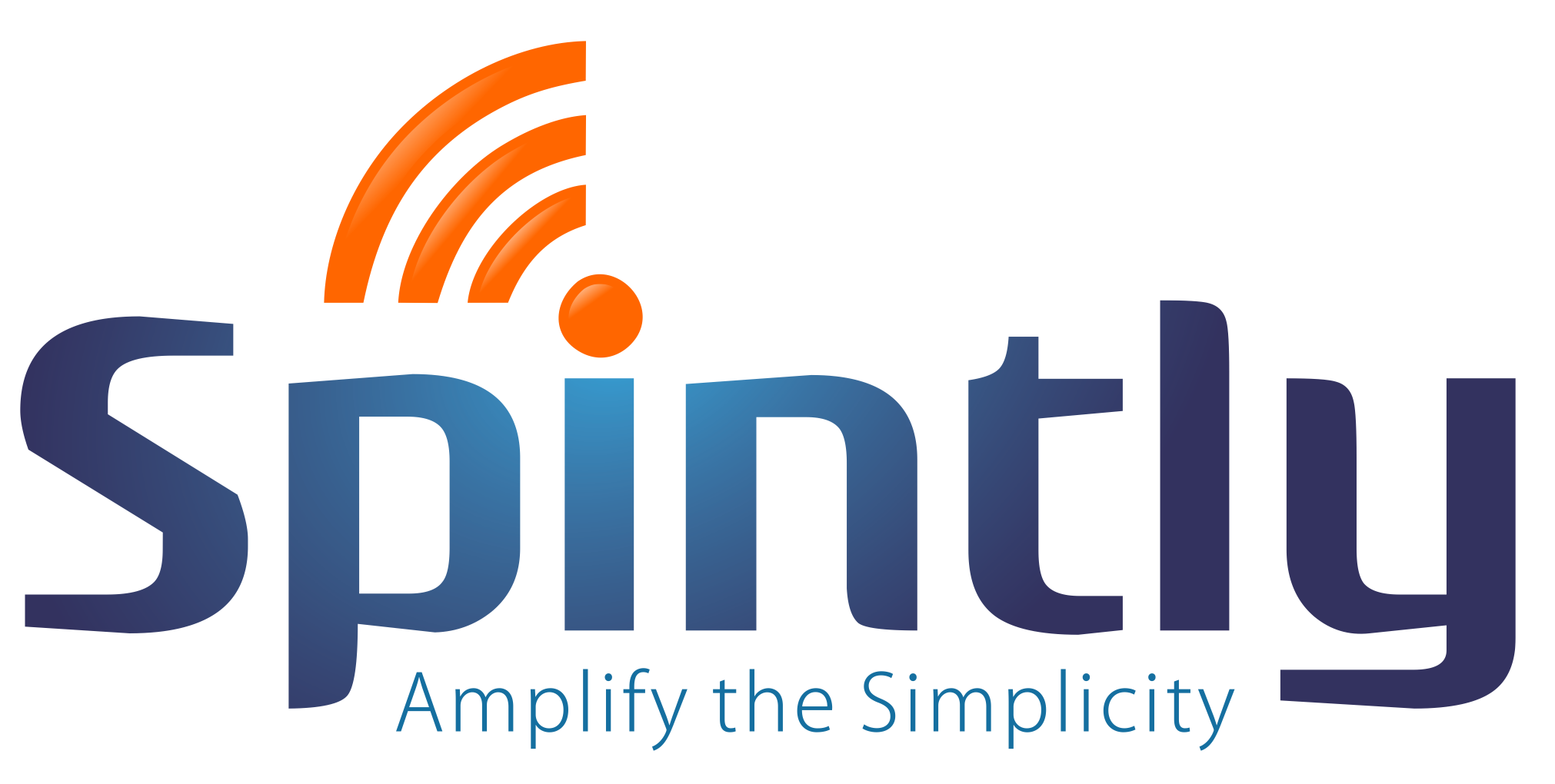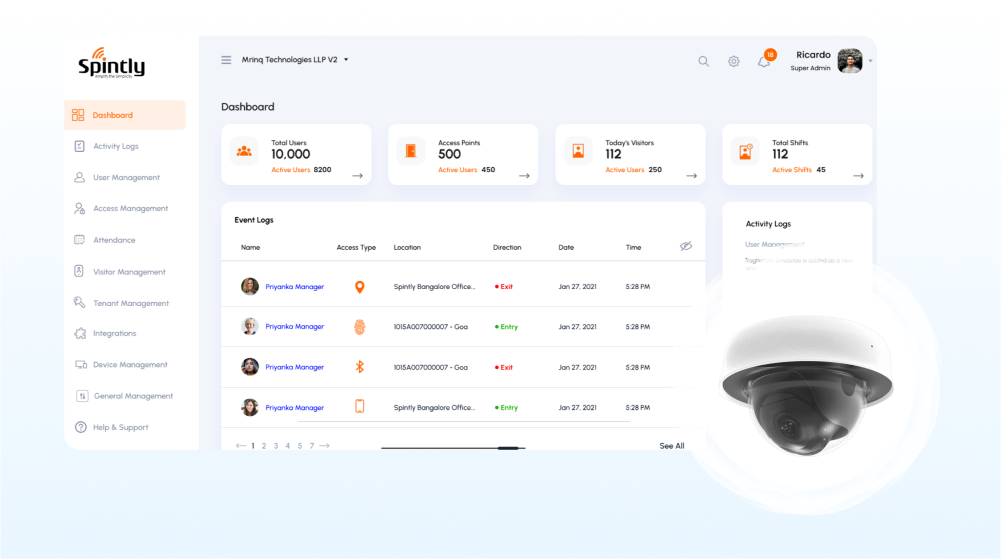NEXT-GEN STANDARD FOR SMART HOMES: MATTER EXPLAINED
Smart gadgets may now be created by embedding computer chips into almost any object. They’re called IoT gadgets, and they’re revolutionizing our smart home experience like no other. These devices are always linked to our home networks, can gather and exchange data, and can also conduct specified tasks at any given moment. Smart lighting, smart speakers, and even a Wi-Fi-enabled washing machine are all examples of IoT gadgets that you may already own.
If you’ve ever questioned why certain smart home gadgets work with some but not with others, you should be aware of Matter – the latest wireless compatibility standard that is threatening to disrupt the market. Since 2019, and with the support of corporations like Apple, Samsung, Amazon, and Zigbee, the initiative formerly known as ‘Project CHIP’ has been rebranded as the gleaming, official brand “Matter.”
What Exactly is Matter?
IoT devices encounter a number of challenges when it comes to connecting to the internet and communicating with one other in the house. Using the Matter protocol, all of our smart home gadgets will be able to communicate with each other. Several of the biggest names in the smart home business have joined together to establish a new interoperability protocol. More than 170 firms are collaborating, with Apple, Amazon, Samsung, Google, and the Zigbee Alliance being the most notable.
IoT devices now rely so much on the cloud that they stop operating as soon as they lose connectivity. The Matter will let you run your gadgets without having to constantly connect to the internet. Another important point for Matter is that it reduces your dependency on the cloud. This, in turn, increases the security of your devices. It’s all about making the smart home experience as enjoyable as possible.
How are Google, Samsung, Amazon, and Apple Involved?
These major smart home manufacturers have taken the lead on this subject, and now that the initial frenzy about their involvement has subsided, each of them is clearly explaining what this implies going ahead.`
Google Home
Google was one of the first to accomplish this in great detail, while others have since followed suit. Nest displays and speakers will be modified to allow them to manage Matter-approved products as part of a four-step plan that affects the entire Google smart home. In this case, Google Assistant will be able to operate any gadget that has a “Matter” label.
This means that newer devices like the Google Nest Hub and Nest wifi will also be Matter connection hubs, making it more convenient to use Matter-supported devices in the house. Aside from the Nest Thermostat, Google also stated that the earlier Nest Learning Thermostat would be able to use Matter.
Amazon Alexa
Amazon’s fourth-generation Echo will be upgraded to Thread, allowing it to connect to a wifi network with a bridge. Because most of its mesh routers already support Thread, Amazon-owned Echo will be able to use Matter as well. Other Echo versions with Zigbee chips inside may potentially be able to serve in this capacity, although it isn’t yet known whether they will.
Apple HomeKit
The Home app will be able to manage your Matter devices when iOS 15 is released, according to Apple, which has recently published some information on the matter integration. The inclusion of Matter accessories in the Home app should allow for greater customization of your smart home’s setup and integration.
Samsung SmartThings
SmartThings hubs will be modified to accommodate Matter by Samsung, which has been a major player in the Matter community. As a controller for its smartphones, TVs, and other smart appliances, the standard will be able to function through wifi or Thread, although it isn’t yet obvious.
What Devices Will Support Matter?
To mention a few, Amazon Alexa, Apple HomeKit, Google Nest, and Samsung Smart Things are all supported. To obtain the greatest possible experience with Matter, you’ll want to buy new devices that handle it natively, as you would with any other new protocol. Because Matter isn’t going anywhere, consumers can gradually add more sophisticated gadgets to their smart homes.
Some older devices may actually support Matter; therefore, this new device purchase rule does not apply to everyone. Matter may be able to update some specific IoT devices. The problem is that this isn’t guaranteed for all gadgets because they need sufficient processing power to begin with. Keep an eye on your device’s manufacturer’s website to see whether it’s eligible for a Matter update.
Can Matter Keep The Smart Home Private and Secure?
Concerns about privacy and security have hampered the adoption of smart homes, and keeping devices safe is a central principle of Matter. Direct IP control, which allows Matter devices to communicate directly with the internet, is a big advantage but also a potential security risk. In contrast, Matter employs a contemporary approach to security, giving a powerful, flexible, and proactive security system with a community of individuals that model and mitigate threats.
Do You Need To Remove The Existing Smart Devices To Use Matter?
The Matter was created with the intention of incorporating the linked gadgets currently installed in our houses. The Matter should be compatible with newer wifi and Thread devices, as well as Z-Wave and Zigbee models. It is possible to do this in two ways: either by upgrading the device directly over the air or by upgrading the current bridge software.
Due to their lack of internet connectivity, existing Zigbee and Z-Wave devices are unlikely to be updated separately. Even though Thread is based on Zigbee, relatively few devices with Zigbee radios can immediately upgrade to Thread’s newer protocol.
All You Need To Know About Thread Mesh Network
You may not be aware of the Thread wireless protocol, but it has a significant impact on Matter-certified products. With Thread, you can establish a low-latency mesh-based wireless network that sends and receives information between devices quickly. Due to the mesh network characteristics of the protocol, your smart home environment will continue to operate even if you lose internet connectivity.
Why Is Thread Important?
Designed for Internet of Things
Thread is a solution to the IoT’s complexity, addressing issues like interoperability, security, and power consumption, as well as architectural needs. Open and established standards have been used to build this low-power wireless mesh networking technology based on the internationally acknowledged Internet Protocol (IP).
To ensure that there is no single point of failure, thread networks contain self-healing capabilities. Auto-configuration occurs when a device is added or withdrawn, making them easy to set up and utilize. With Thread, hundreds and even thousands of items may communicate reliably and securely.
A New Approach to IP-Based Device Development
IP is the protocol that powers the internet. Regardless of the type of connectivity a device uses, IP is the standard through which all connected devices interact with one another. Thread creates an IPv6-based mesh network based on Internet Protocol version 6 (IPv6), bringing the internet to the Internet of Things.
Consequently, Thread devices may be easily integrated into larger IP networks without the requirement for proprietary gateways or translators. This decreases infrastructure expenditure and complexity, eliminates possible points of failure, and reduces the strain of maintaining the system. As a result of Thread’s secure cloud connectivity, IoT goods and systems can now be managed from a variety of sources, including personal or business mobile phones and tablets.
Compatibility and Convergence
Thread’s IP base is application layer agnostic, allowing product makers to select the appropriate application layers for connecting devices across numerous networks. Cross-industry members of Thread think that networking solutions that enable IP as a point of convergence for the Internet of Things (IoT) sector are essential.
As an example, a single application layer might be used to execute on both Thread and Wi-Fi-connected devices simultaneously. A network of compatible goods is therefore created, and device makers are free to use whichever networking technology they like.
Thread Is Future Ready
Using Thread, developers can get their apps, devices, systems, and services to market more quickly since they have access to the same rich set of capabilities that the internet has to offer. Thread devices are application-layer agnostic; thus, they may have their cloud services and application layers altered at any moment.
A direct link between manufacturers and their customers is possible since Thread is an IP-based network, which enables interoperability between various connected devices.
Market Ready
Thread certified stacks, silicon platforms, and modules are available to developers who want to construct their own solutions or who want to build an ecosystem of Thread-certified devices. Many Thread Group members also provide additional services like modules and design assistance.
Thread Certified Products
Home Safety
Smart wifi Deadbolt – This smart wifi deadbolt from Schlage is revolutionizing the way you secure the things that matter most to you. This revolutionary smart lock is compatible with Apple HomeKit and home keys, as well as the traditional Schlage features you’ve come to expect. Access codes may be scheduled, lock activity can be monitored, and hands-free voice control is available.
Eve Door & Window – Keep track of the state of your door or window, get alerts while you’re away from home, and automate the operation of other HomeKit-enabled devices.
Smart Switches
Eve Switch Light – With the iPhone, Siri voice commands, or automation, you can manage your home’s lights without ever changing a single bulb.
Eve Energy – With a single tap or Siri’s help, you can control your lights and appliances, check how much electricity they’re consuming, and easily set up programs that put your gadgets on autopilot.
Eve Aqua – Use Siri, the onboard button, or your iPhone to activate your irrigation system. Create schedules fast and effortlessly using Eve Aqua
Routers
Google Nest Wifi point – The Google Nest Wifi router works in conjunction with each point to provide better coverage and faster wifi throughout the house. Google Assistant-powered smart speakers may be used to play music and answer questions, among other things.
Google Nest Wifi router – Your entire home will be covered by Google Nest Wifi’s dependable service. It works in the background to ensure that your wifi remains fast and free of buffering. Every time it receives a new version of the software, it automatically upgrades itself in order to keep your network as secure as possible.
Google Nest Hub Max – This is a 10-inch HD screen, built-in Nest Cam, and stereo speakers Google Nest Hub Max, a smart display with the Google Assistant. Thousands of smart home gadgets, such as lights, TVs, locks, and more, can be controlled via the dashboard’s home display and voice commands.
Conclusion
It is by no means a simple undertaking to solve the problem of the smart house that we confront today. In order to get there, Matter has partnered with some of the biggest IT companies in the world, as well as using a number of wireless protocols. We’ll be able to see the long-term effects of the smart home revolution when the first Matter certified gadgets arrive in late 2022.
Contact Us
Let’s Talk





